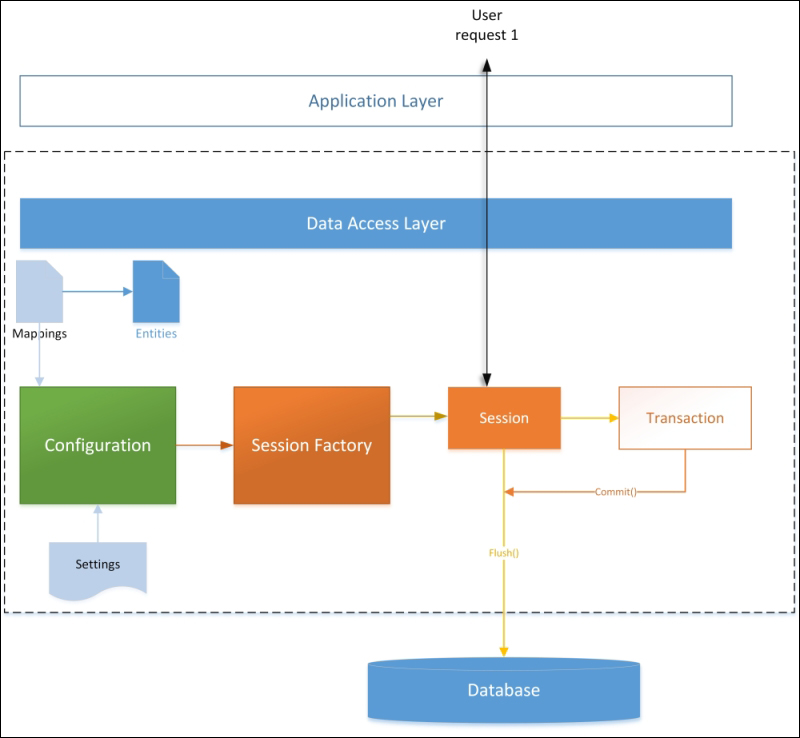Suhas Chatekar has been in the business of building software for 12 years. He has mainly worked on .NET but possesses the skills of a full-stack developer. He started his career as a software developer, working on a trading platform. Since then, he has worked in several different domains, building both desktop and web-based applications. He is very passionate about coding and learning. He believes that practices such as test-driven development, automated testing, continuous deployment, and Agile are at the heart of quality software development. He currently works as a technical architect and mentor for a London-based company, working in the fields of loyalty, assistance, and insurance. He has used NHibernate in various commercial projects, including both greenfield and brownfield. He also has experience in using NHibernate along with other ORMs and data retrieval techniques in large code bases. He is especially fond of clean code and following the right architectural guidelines. Through years of experience of working with NHibernate, he believes he has acquired some knowledge about best architectural principles that help in building resilient data access code using NHibernate, which he can share with readers. In his spare time, he explores new technologies and writes a blog. He lives in London with his wife, Snehal, and daughter, Ovee. You can reach out to Suhas on Twitter using his handle at suhas_chatekar.
Read more

























































